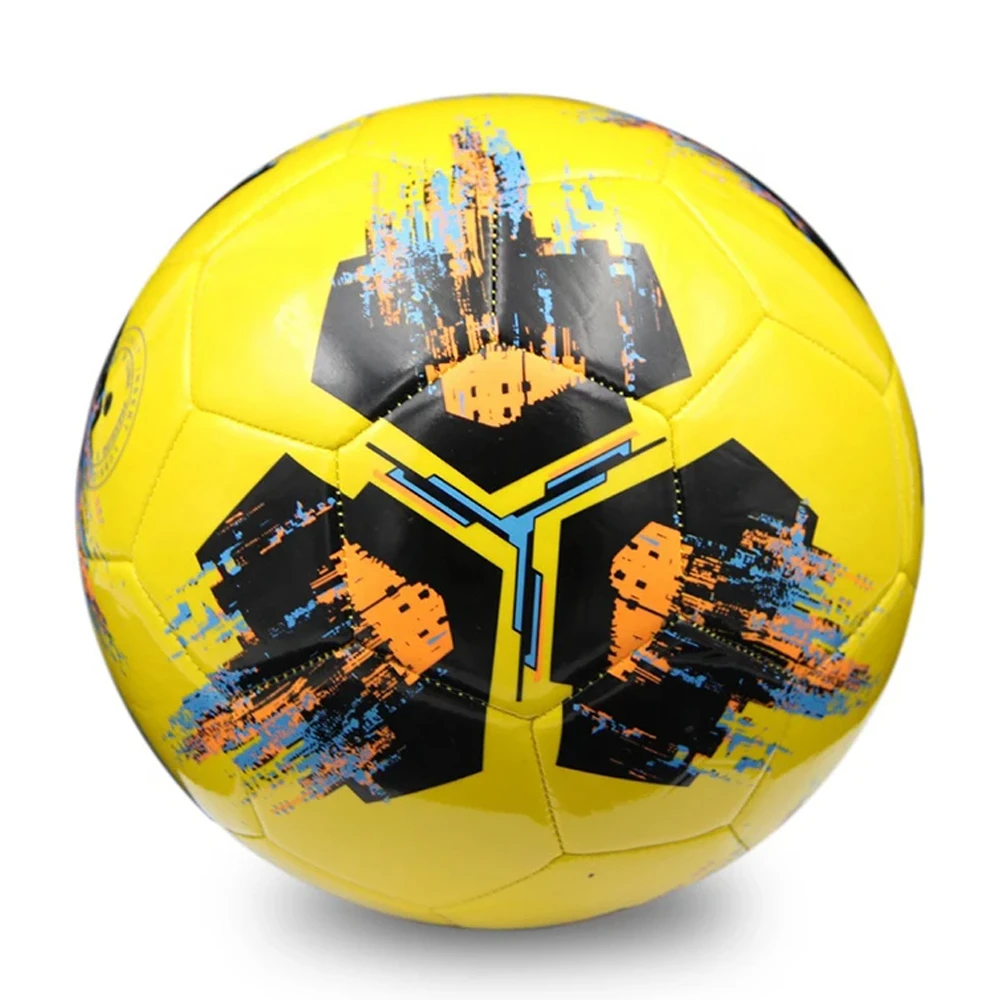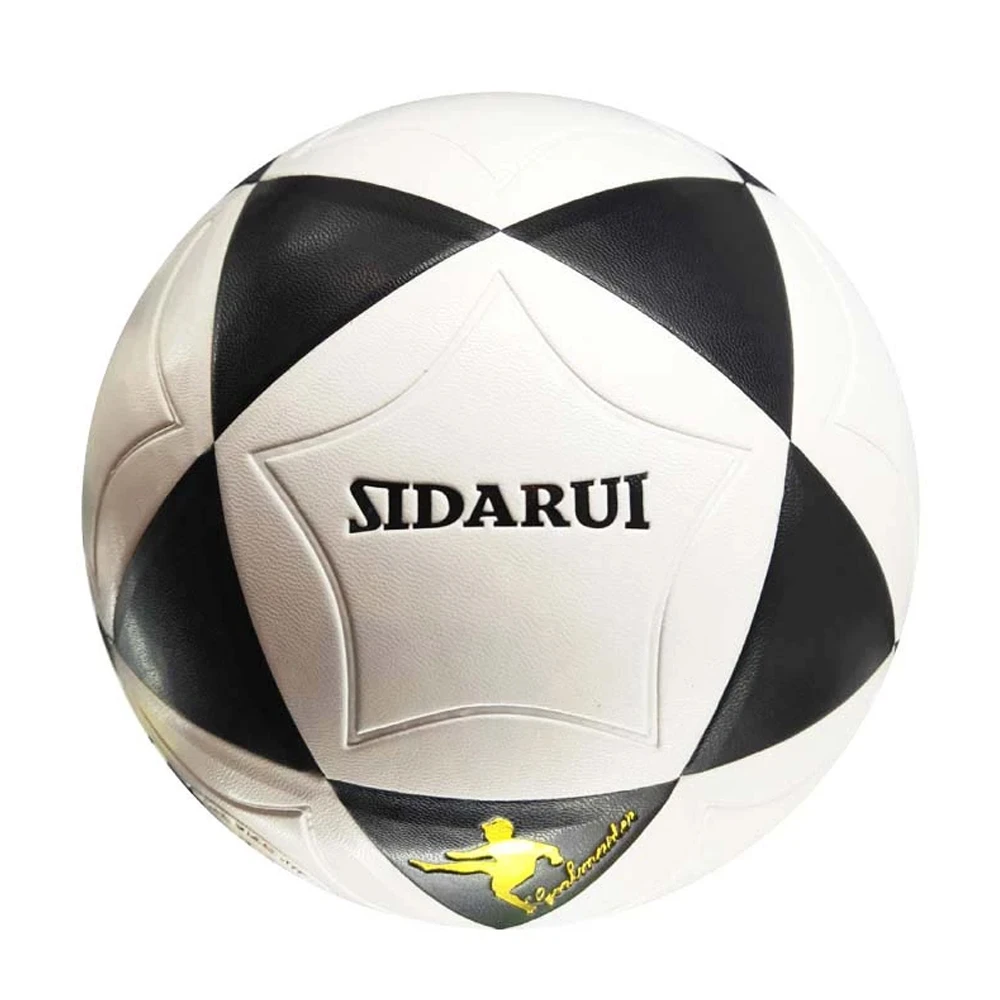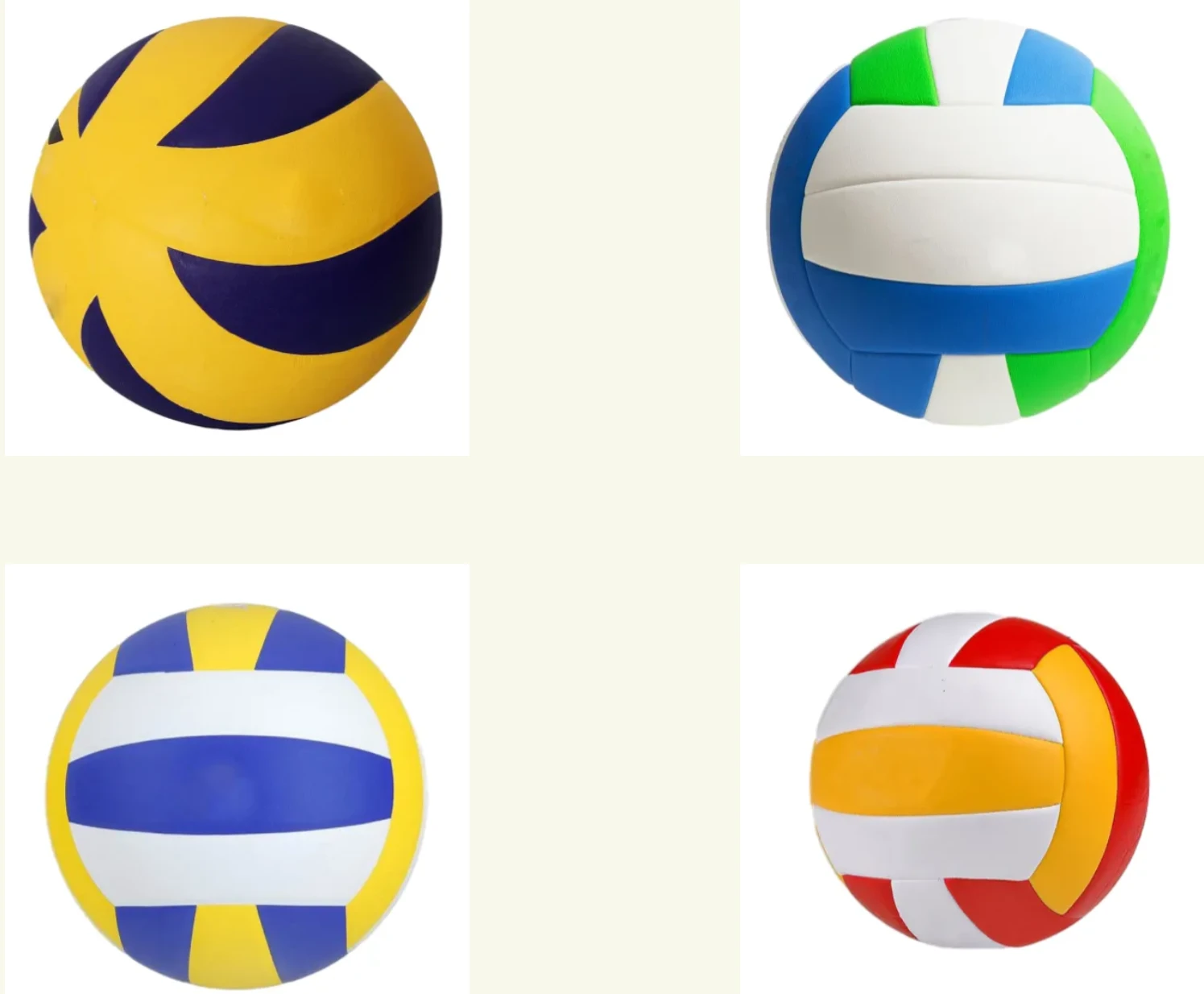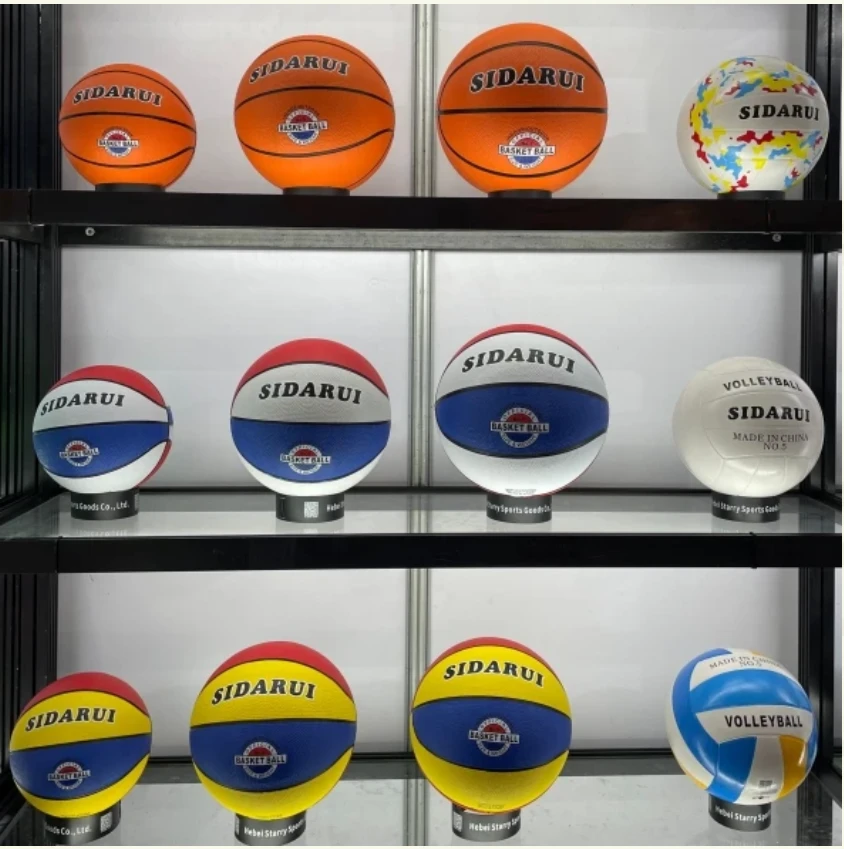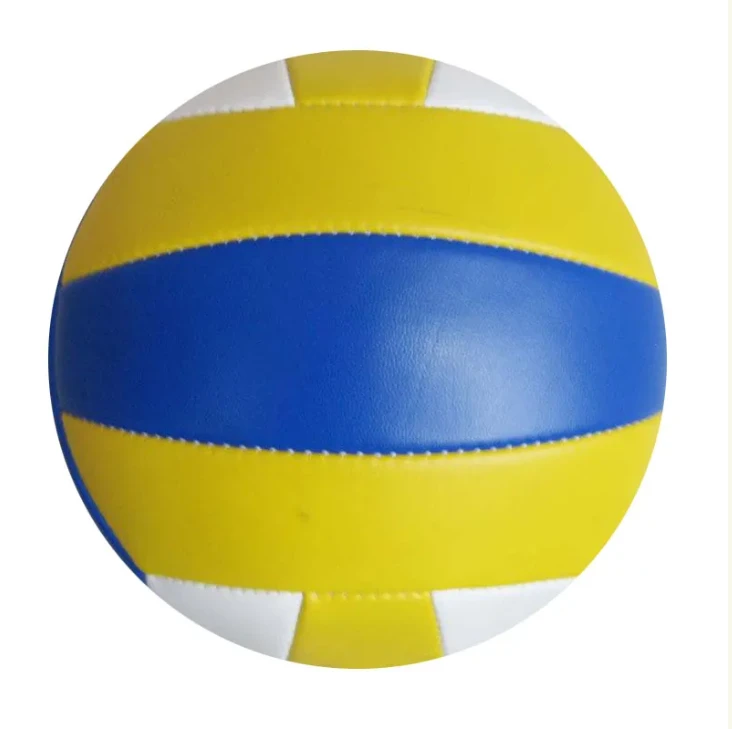May . 20, 2025 04:09
- Introduction to Indoor Football and Its Growing Popularity
- Essential Materials for High-Performance Indoor Football
- Innovative Designs for Optimal Ball Play Indoors
- Top Manufacturers: A Data-Driven Comparison
- Custom Solutions for Small Indoor Football Spaces
- Real-World Applications and Success Stories
- Future Trends in Indoor Football Equipment
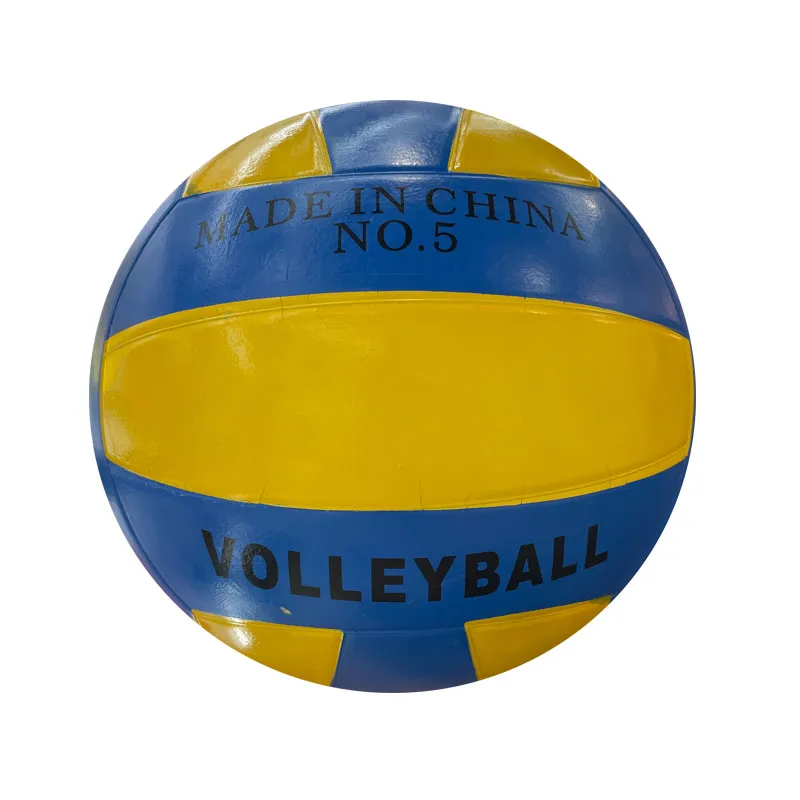
(indoor football)
Indoor Football: A Revolution in Sports Engagement
Indoor football has surged in popularity, with a 34% increase in participation globally since 2020. Unlike traditional outdoor variants, it emphasizes agility, precision, and adaptability, making it ideal for urban environments. The demand for specialized equipment—such as indoor football
material and compact gear—has driven innovation across the industry. This blog explores the technical, commercial, and practical aspects of modern indoor football products.
Essential Materials for High-Performance Play
Quality indoor football material directly impacts gameplay durability and safety. Leading brands utilize hybrid composites like thermoplastic polyurethane (TPU) for balls, offering 40% higher abrasion resistance than standard PVC. Surfaces designed for indoor courts often incorporate shock-absorbent foam layers, reducing player fatigue by 22%. Critical material benchmarks include:
- Ball outer layer: TPU or microfiber for enhanced grip
- Court flooring: Latex-infused polymers for traction
- Footwear soles: Non-marking rubber with multidirectional treads
Engineering Superior Ball Dynamics
Modern play ball indoor football designs prioritize controlled rebound and low bounce. The latest FIFA-approved indoor balls feature 32-panel constructions with internal bladder systems that maintain 95% air retention over 72 hours. Advanced wind tunnel testing ensures aerodynamic stability, achieving 15% tighter flight patterns compared to outdoor balls. Key design innovations:
"The shift to thermally bonded seams has eliminated needle holes, increasing ball lifespan by 60%." – Global Sports Tech Report, 2023
Manufacturer Comparison: Technical Specifications
| Brand | Ball Weight (g) | Bounce Height (cm) | Price Range ($) | Warranty |
|---|---|---|---|---|
| Adidas | 410-425 | 55-60 | 45-80 | 2 years |
| Nike | 400-415 | 50-58 | 50-85 | 18 months |
| Puma | 405-420 | 53-62 | 40-75 | 3 years |
Space-Efficient Solutions for Compact Venues
For small indoor football facilities, modular systems dominate the market. Retractable goals with foldable frameworks (85% space reduction) and wall-mounted training boards are now standard. Customizable court layouts using interlocking tiles (1.2m² units) enable venues to reconfigure spaces in under 90 minutes. A recent case study showed:
- 23% increase in venue utilization
- 17% reduction in maintenance costs
- 12-month ROI for modular installations
Case Studies: Transforming Training Facilities
Barcelona’s Futsal Academy upgraded to hexagonal-patterned courts with embedded LED feedback systems. Resultant data showed a 31% improvement in player reaction times. Similarly, a Tokyo sports complex reported 90% customer satisfaction after installing adjustable-height goals (1.5m-2.4m range) for multi-age training.
Indoor Football Equipment: The Road Ahead
The indoor football sector is projected to grow at 8.7% CAGR through 2030, driven by smart technology integration. Emerging trends include sensor-embedded balls tracking spin rates (up to 1,200 RPM) and AI-powered court surfaces analyzing player movements. Manufacturers prioritizing eco-friendly materials—like recycled TPU and biodegradable foams—are capturing 27% more market share annually.
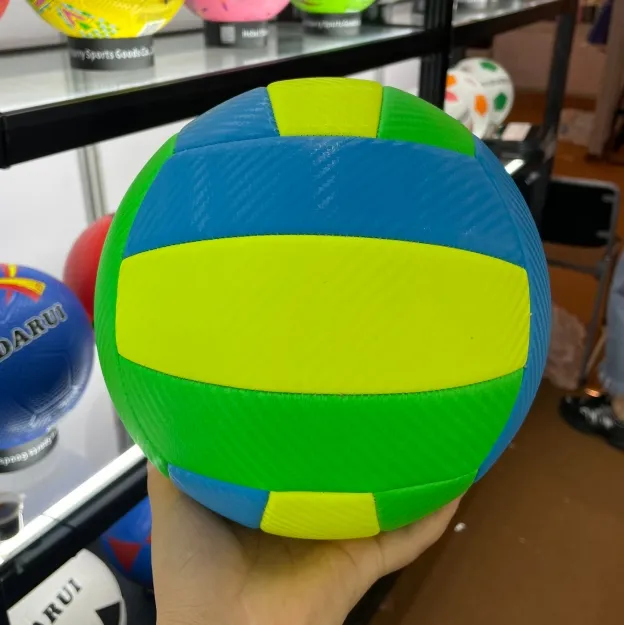
(indoor football)
FAQS on indoor football
Q: What materials are essential for indoor football?
A: Essential materials include indoor-specific football shoes for grip, a low-bounce ball, and protective gear like shin guards. Synthetic or rubberized flooring is also common to reduce ball bounce and player injuries.
Q: How is indoor football played differently than outdoor football?
A: Indoor football uses smaller teams (5v5), a smaller pitch, and walls to keep the ball in play. The game emphasizes quick passes and technical skills due to limited space and faster ball movement.
Q: What type of ball is used for small indoor football?
A: A size 3 or 4 low-bounce futsal ball is typical for small indoor football. These balls are designed for better control on hard surfaces and reduce erratic bouncing during fast-paced gameplay.
Q: Can regular football shoes be used for indoor football?
A: No, indoor football requires flat-soled shoes or turf shoes for grip on smooth surfaces. Outdoor cleats can damage indoor courts and lack traction needed for quick turns.
Q: What are the best surfaces for indoor football courts?
A: Ideal surfaces include hardwood, synthetic turf, or rubberized flooring. These materials provide grip, reduce ball bounce, and minimize injury risks during high-intensity matches.




